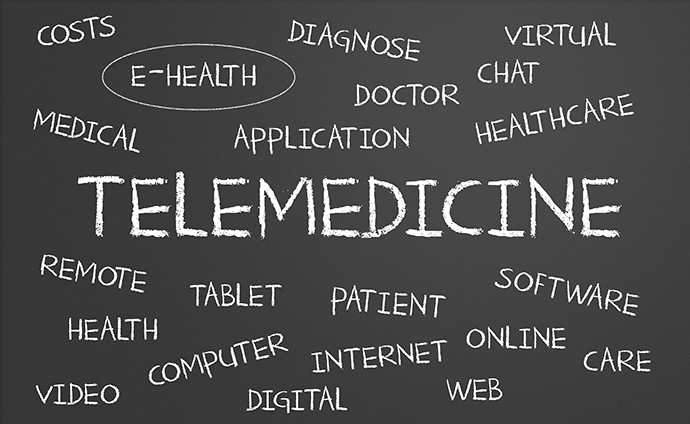CMS Affirms Payment Parity for Telehealth, Adds More Covered Services
In its latest moves to expand telehealth adoption during the Coronavirus pandemic, CMS has added 85 telehealth services to the list of services covered by Medicare and emphasized that payment will be at the same rate as in-service care.

Source: ThinkStock
- CMS is adding more than 80 new telehealth services to the list of services covered by Medicare during the Coronavirus pandemic - and reiterating that all connected health services are now reimbursed at the same rate as in-person services.
(For more coronavirus updates, visit our resource page, updated twice daily by Xtelligent Healthcare Media.)
Tuesday’s announcement from the Centers for Medicare & Medicaid Services is a strong stand by CMS, as payment parity has long been considered a linchpin to nationwide telehealth adoption. Several states have passed emergency declarations recently that mandate payment parity in Medicaid programs and for private payers, the latter of which have long argued that they should be able to negotiate their own reimbursement rates with providers.
“Providers can bill for telehealth visits at the same rate as in-person visits,” the order states. “Telehealth visits include emergency department visits, initial nursing facility and discharge visits, home visits, and therapy services, which must be provided by a clinician that is allowed to provide telehealth. New as well as established patients now may stay at home and have a telehealth visit with their provider.”
In a fact sheet detailing the changes, CMS said 85 new telehealth services that now qualify for Medicare reimbursement include emergency department visits, initial nursing facility and discharge visits and home visits.
CMS is also expanding coverage for remote patient monitoring services to address care not necessarily related to the pandemic.
“CMS is making it clear that clinicians can provide remote patient monitoring services to patients with acute and chronic conditions, and can be provided for patients with only one disease,” the order states. “For example, remote patient monitoring can be used to monitor a patient’s oxygen saturation levels using pulse oximetry.”
The agency is also allowing care providers to evaluate patients by phone, and green-lighting virtual care to fulfill face-to-face visit requirements for inpatient rehabilitation, hospice and home health programs as long as those services are part of the patient’s care plan and don’t replace needed in-person visits.
“If a physician determines that a Medicare beneficiary should not leave home because of a medical contraindication or due to suspected or confirmed COVID-19, and the beneficiary needs skilled services, he or she will be considered homebound and qualify for the Medicare Home Health Benefit,” the CMS document reports. “As a result, the beneficiary can receive services at home.”
Finally, the agency is eliminating the requirement that virtual check-in services can only be used after the doctor and patient have met in person.
CMS will also soon release guidance on how federally qualified health centers (FQHCs) and rural health centers (RHCs) can use telehealth, as put forth in the Coronavirus Aid Relief and Economic Security (CARES) Act signed into law last week.
